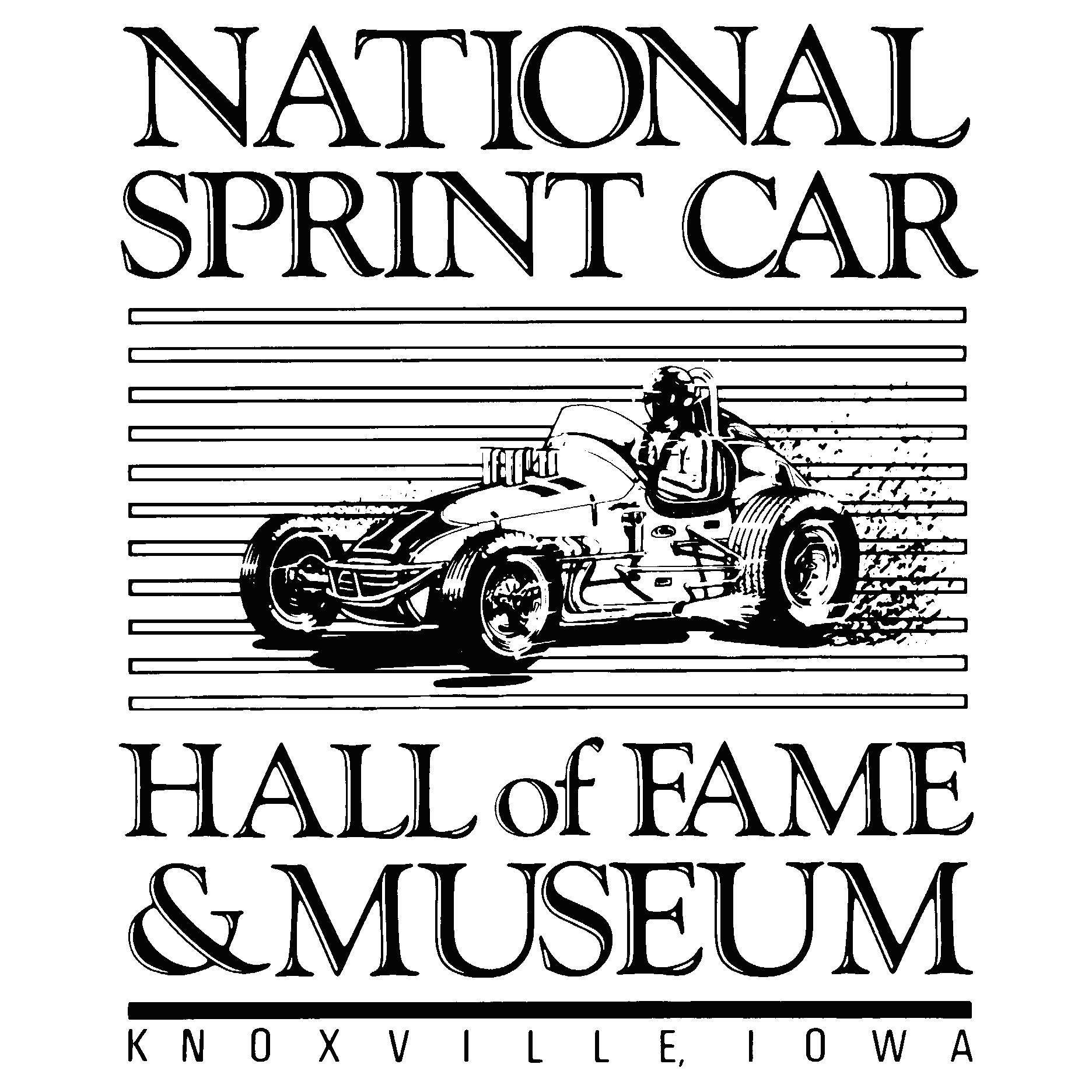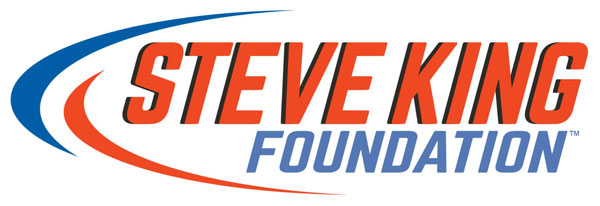Weyers Cave Weapon is not a term of endearment for Quin Houff
Photo by Brian Lawdermilk/Getty Images
It’s common for racers to earn nicknames with ‘Rocket’ or ‘Missile’ attached to their hometowns. Now you can add Quin Houff to the list of drivers who have earned the distinction.
After Sunday’s performance at Texas Motor Speedway, the 22-year-old Virginian will now be known as the Weyers Cave Weapon.
With 28 laps remaining in the O’Reilly Auto Parts 500, Houff, who was nine laps off the pace, attempted to enter pit road from the second lane in Turn 4 and collected Christopher Bell and Matt DiBenedetto in the process.
On Twitter, Houff called the incident “one of those really tough learning instances." Although he accepted responsibility for wrecking Bell and DiBenedetto, he also blamed the team for not calling him to pit road in time and for his spotting mirror falling down in the car.
Still, one has to question whether Houff’s skill level contributed to an accident that ultimately changed the outcome of the race.
DiBenedetto was running in the top 10 and had led a lap prior to pitting. Bell ran in the top 10 before grazing the wall on Lap 123, but was racing his way back. DiBenedetto and Bell finished 17th and 21st, respectively.
In response to a video of the accident on NASCAR.com (https://twitter.com/mattdracing/status/1284993255432749062), DiBenedetto tweeted, “This guy having zero awareness ruined our day. Had a very fast car at the end. Lovely.”
Just prior to the wreck, Kevin Harvick took the lead from Joey Logano. But after the accident, the leaders had no choice but to pit under yellow.
Ultimately, the race was decided on pit road. Tyler Reddick’s team opted for a fuel-only stop—which advanced the No. 8 Chevy from eighth-place to the lead. With a two-tire pit stop, his teammate, Austin Dillon, vaulted from seventh to second. Both Richard Childress drivers remained in the top two positions to the finish, with Dillon taking the checkered flag.
NASCAR champion Brad Keselowski restarted sixth after the accident and finished ninth. The driver of the No. 2 Team Penske Ford says there are two ways to assess the Houff situation.
“There’s the entertainment way to look at it and say that probably created a more entertaining finish, so if you like chaos, then that was good,” Keselowski said. “I think on the other side of that there’s the, ‘Hey, I’m a professional race car driver that’s worked my entire career to get here. Had to jump through a lot of hoops to make it and would like to think that those efforts have created a spot for me in this series to be joined with peers of similar talent levels.’
“I have nothing personal against anyone that has an issue like that because they do happen from time to time, but there are certainly a handful of drivers that, kindly, I wonder exactly how they got to this level.”
Keselowski is not wrong. With just two wins on the CARS Super Late Model Tour and one K&N Pro Series East, five ARCA and 10 Xfinity Series starts, Houff was able to secure a ride in NASCAR’s premier series. In 35 Cup starts, he has one top-25 finish. He has never finished on the lead lap in any Cup race and has only completed two full Xfinity Series races.
But Houff is allowed to race in the same arena as drivers who have toiled through NASCAR’s lower divisions—and won at every step of the way to eventually earn one of the coveted 40 positions at the Cup level.
Clint Bowyer, like Keselowski, is one of those drivers. Bowyer worked his way through regional series and won in lower divisions before being promoted to Cup. Lately, the 15-year Cup veteran has watched the talent pool being watered down.
“The graduate process is definitely a thing that we've always had, right? We've always had graduation processes,” Bowyer said. “But that being said, some of it's getting lax, you know, with putting cars on the race track and business reasons you're putting people on the race track that you wouldn't have 10 to 15 years ago. And that isn't an excuse, that shouldn't be the case.
“Just because you have money or whatever else, you shouldn't be able to just buy your way onto the race track. And I'm not saying that whoever that was, had that happen. But, nonetheless, we've been doing this, what, 15 years or so. I know my competitors on that race track. And every year there's a new one or a couple new ones and I know what I'm up against.”
NASCAR has had its share of start-and-park drivers over the years, but the pay-to-play sector has been growing at an alarming rate.
“I don't like having guys that just show up and race every now and then at this level of racing,” Bowyer added. “That's not right. You don't just show up and line up against (quarterback) Patrick Mahomes and the Kansas City Chiefs. You shouldn't be able to do that against Stewart-Haas Racing or Joe Gibbs Racing or anything else. That's not a knock to them.
“I think if you do a good job with your graduation process of graduating, I don't think you have to worry about ever knocking anybody down. I guess that's my point, and that is his need to do a better job of making sure we've got the right guys on the race track and if you do a good job at that, you'll never have to remove them.”
Keselowski acknowledged that under the current conditions—and particularly with no practice or testing during the COVID-19 pandemic—it’s difficult to know which drivers are indeed qualified to participate.
“Part of it plays into all the rules,” Keselowski said. “When you’ve got this rules package with cars that are super-easy to drive by themselves, it’s very hard for NASCAR, I think, to be able to tell who’s got it and who doesn’t. So it kind of puts them in a box until you actually get in a race. But one thing I would like to see, and I think I’ve been pretty consistent with this, is I would like to see drivers be able to graduate into this level, and equally I’d like to see them be able to be removed from this level when they have repeated issues.
“I can’t speak enough to the gentleman that had that issue (Sunday), but I have seen in the past where drivers that have had this issue multiple times somehow are still here, where I think they should effectively be placed in a lower series or asked to go back to a more minor league level to prove their salt. But that’s ultimately not my decision to make. It’s what I would like to see, but it’s not my decision to make and, until it is, I guess I should probably just shut up. But I certainly think there’s some merit to it.”
During a Monday morning visit on SiriusXM NASCAR Radio, NASCAR senior vice president of competition Scott Miller called Houff’s move “a very poor decision.”
“We do review every incident of every race,” Miller said. “We didn’t speak to the driver (Sunday) night, but we will before we get going again at Kansas. Got to do better than that.”
“Racing incidents, things are going to happen. Every decision that is made out on the race track is an instantaneous, spur-of-the-moment decision. But I think that nobody could argue that it wasn't a poor one.”
Maybe NASCAR needs to reevaluate its driver approval process and make better decisions as well, so the not-ready-for-prime-time players don't slip through the cracks.

.png)





